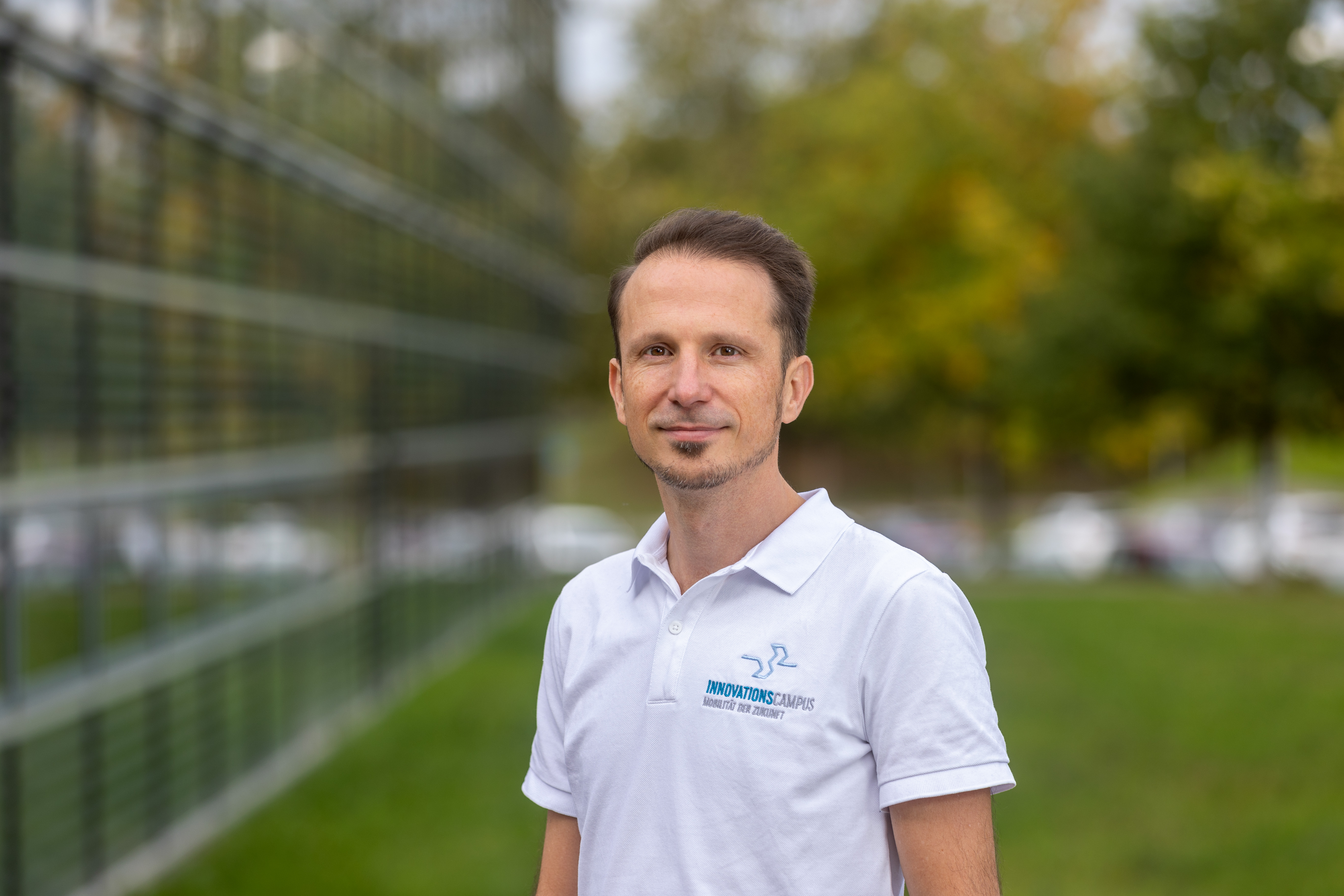
BUP27 - LMD HeatCont
Process reliability of the LMD process due to a local temperature-controlled build platform
The LMD (Laser Metal Deposition) process can be used to create complete components or additive structures on existing components, by melting added powder.
The LMD process consists of a variety of complex thermal mechanisms involving rapid melting and cooling. In particular, the rapid cooling of the deposited structures influences the mechanical properties, the formation of possible defects and the dimensional accuracy. The cooling behavior is influenced by the tempering of the substrate. Asymmetrical annealing can have a targeted local influence on the workpiece properties and dimensional accuracy.
Aim, approach and benefit
During this project, the influence of the cooling rate of structures manufactured using the LMD process is investigated. The cooling rate is slowed down by heating and accelerated by cooling the substrate. While substrate heating can be used to improve bonding and reduce defects in heavy weldable powder and substrate materials, substrate cooling can be used to prevent overheating of the fabricated structure.
For this study, a platform is developed to generate localized different substrate temperatures and the effect of asymmetric annealing on workpiece properties and deformation is investigated. Asymmetric annealing can be used to specifically influence the workpiece properties and the dimensional accuracy of the workpiece geometry.
The approach pursued here opens up new potentials in the field of manufacturing complex geometric structures, the creation of which has been difficult to implement up to now with the aid of the LMD process. Furthermore, the productive and economical manufacturing of complex structures with locally adapted functional properties makes new design methods for structural components conceivable, which until now have only been technically feasible at great expense and are not economically viable.

Key data
Research Field
Manufacturing SystemsPeriod
01.09.2023 until 30.06.2024Project participants
- University of Stuttgart: Institut for Machine Tools (Prof. Möhring)
Contact

Thilo Zimmermann
Deputy Managing Director, Head of Research Coordination
- Phone
- +49 711 685 60960
- fk@icm-bw.de